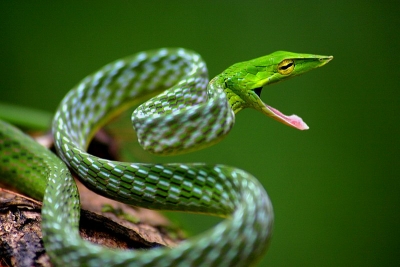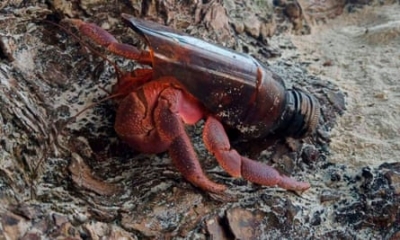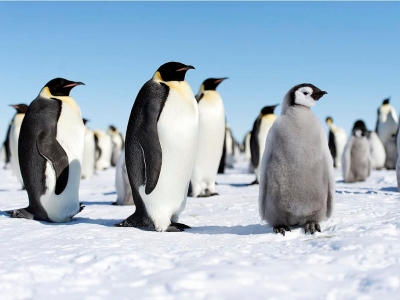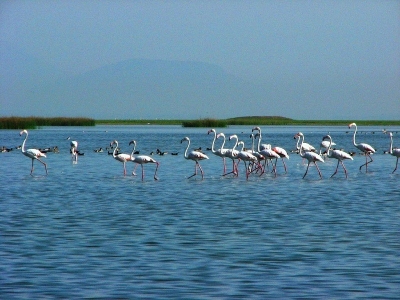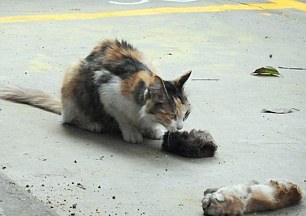
Threats
Increasing human population is said to be the greatest threat to these bears. This leads not only to the loss and degradation of the bears habitat but also human-bear conflict. And, this is not good news. Sloth bears tend to avoid humans. However, they can also be intolerant of them when the two meet face to face. And their aggressive behaviour coupled with powerful claws and canines don’t help. So, a human-bear conflict may not end well. For instance, a media report says that “in Odisha, between 2014 and 2018, 716 attacks by sloth bears on humans were recorded. Out of the 716 attacks recorded, 627 humans were left grievously injured – with many victims severely impaired for life”. Which means, there are retaliatory killings too. Other worrying factors include hunting and poaching for meat and body parts for medicinal purposes. It is said that there are no specific numbers for the deaths of sloth bears. This is of concern because there are only rough estimates for their population, meaning we may not know exactly how many bears live and die, and what sort of conservation mechanism should be put in place to save this vulnerable species. Another reason for concern is that these animals have traditionally been captured and made to perform “dances” for human entertainment. Though this has been largely brought down in India and some of the animals have even been rehabilitated, it is believed to be continuing in places such as Nepal.
Though sloth bears are found in Sri Lanka, Bhutan, and Nepal too, India hosts its largest population in the world. They appear to be extinct in Bangladesh since no sightings have been confirmed in the region for years now. Within India, they are found in many States, including Karnataka. Tamil Nadu, Kerala, Gujarat, Rajasthan, Chhattisgarh, Odisha, and central India. Among the sanctuaries for the species are Ratanmahal Sloth Bear Sanctuary and Jessore Sloth Bear Sanctuary in Gujarat, and Daroji Sloth Bear Sanctuary in Karnataka. According to the Red List of the International Union for Conservation of Nature, it is a “Vulnerable” species.
Sloth bear facts
- Sloth bears are small bears, and usually have a black coat (and sometimes, a brown coat). What helps identify them is their distinctive whitish or yellowish chest patch in the shape of a wide U or Y.
- They are a lowland species, and occupy different types of habitats such as wet and dry tropical forests, savannahs, scrublands, and grasslands.
- These omnivores feed primarily on termites, ants, and fruits. Apparently, they are fond of honey too.
- Cubs stay with their mothers for roughly two-odd years, and for about nine of those months, they ride on their mother’s back.
Picture Credit : Google


